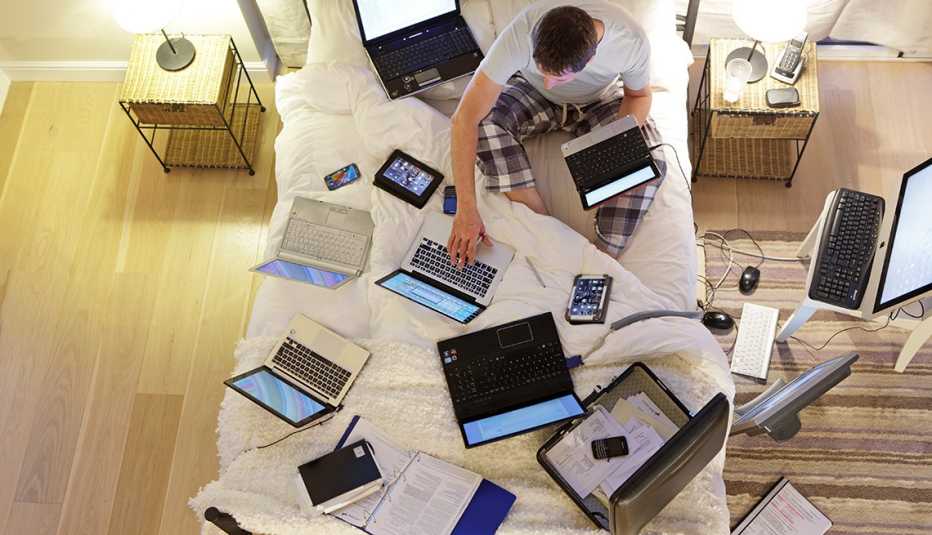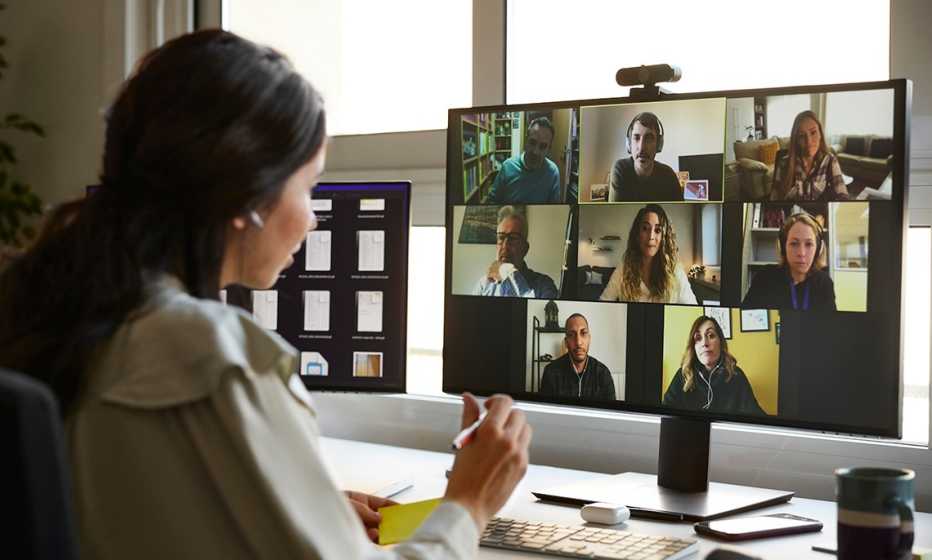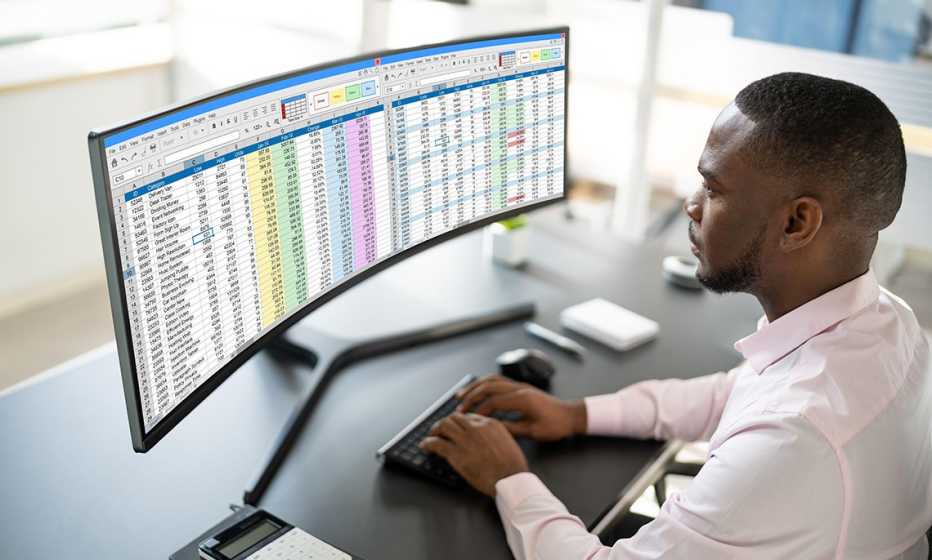AARP Hearing Center


Chances are good that you’re one of tens of millions of Americans who work from home or mix at-home and in-office work.
Nearly 13 percent of American workers now work completely from home while 30 percent are trendy “hybrids,” according to an October 2023 study from the Working From Home Research Project, also known as WFH Research and primarily financed by the University of Chicago. Even though the federal government declared the COVID-19 emergency officially over this year, the future of remote work continues to look promising.
In addition to the full-time work, nearly 2 in 5 jobholders, about 60 million people, did some freelancing in 2022, generally remotely, according to San Francisco-based UpWork, which matches companies and freelancers online and surveyed nearly 3,000 professionals. Whether you work full time, part time or occasionally, you can improve your remote office setup.
Make your space count
Dedicate a space to work instead of lugging a laptop to the kitchen table or typing on an iPad while propped up in bed. Your back and neck will thank you.
The best solution is your own area with a door that closes, which should help keep you free from everyday distractions. If that’s not possible, try to find a quiet, comfortable spot. And maybe invest in a pair of noise-canceling headphones.
Atmosphere and good lighting are key. If you’ll be on camera during most meetings, place your computer in front of a window to brighten your face and avoid shadows during a video call.


Get video, audio up to snuff
You can probably make do with the technology you have. Most basic applications — email, web browsing, word processing — don’t require a lot of computing power.
Webcam. If your laptop doesn’t have a built-in webcam, buy an inexpensive external one that plugs into an available USB port. Position it on top of your screen or monitor and disconnect it after every use to avoid unintentionally showing up on camera.
Another option for videoconferencing is to use your smartphone camera. Consider propping it up during long meetings. Lean it against a small stack of books, or if you have a vertical charging dock, even for another phone model, it also may hold your phone upright.
Microphone. If you do a lot of talking, a hands-free microphone headset is recommended for comfort and sound quality. Even better is a set of earbuds with a microphone that connects wirelessly or through Bluetooth to your device.
Test the setup before your first meeting to make sure you can hear and be heard. Most computers can sense when a new device is plugged in. If not:
- For Windows 11, type Sound in the Search area of the taskbar, often found at the bottom middle of your screen, and choose Sound settings. Or tap the Windows key on your keyboard, the gear symbol ⚙️ for Windows Settings | System | Sound.
- For Macs, find audio information under the Apple symbol | System Preferences | Sound.
- For Chromebooks, click on the system tray, generally found in the lower right corner of the screen. You’ll see a small headphone icon that appears beside the volume slider when the system has multiple choices for output. Click on it for options.
Upgrade your computer
Should you need a new computer, you’ll have to decide whether you want a Windows, Mac or Chrome operating system; a laptop or desktop; and the brand. Many employers provide equipment for you for security reasons.
If not, check about preferred equipment before you make a purchase. The software you need for work may dictate what operating system you require.







































































More From AARP
FCC Wants to Fight Robocalls With Artificial Intelligence
Agency chief hopes to put technology to use ‘for good’Why Having a Guest Network Is a Safe Option
Protect your personal data and smart home devices10 Tips to Help You Use Google, Other Search Engines More Efficiently
Quick tips and tricks to narrow down your searches